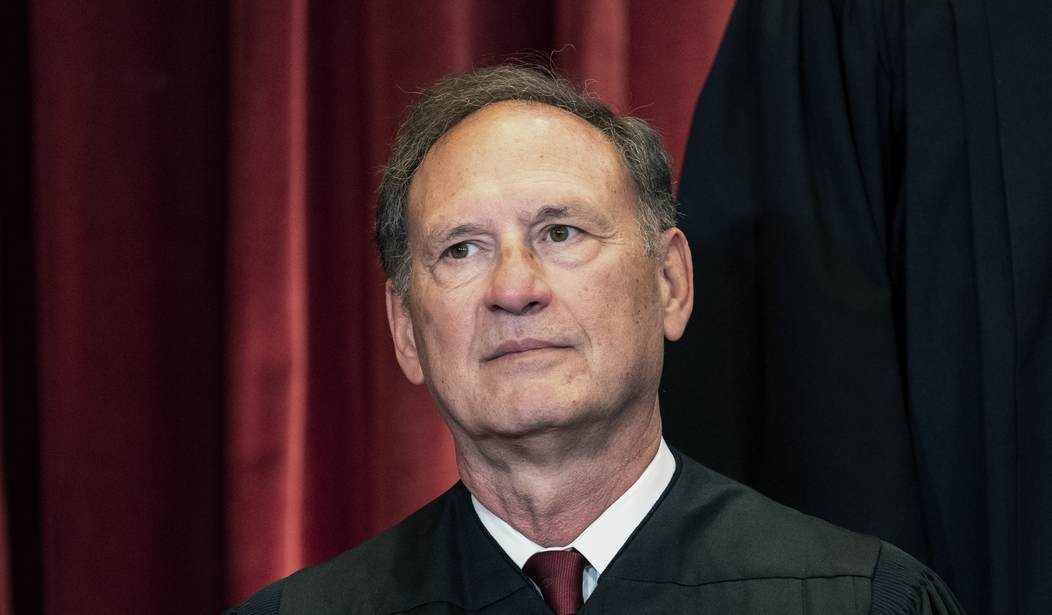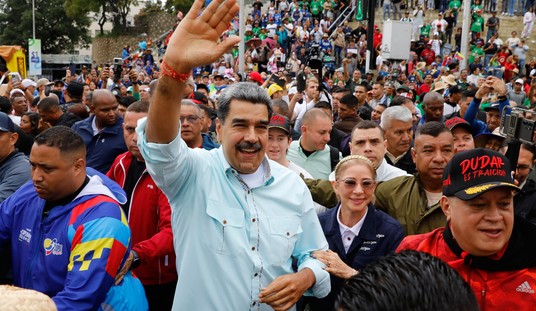Did the Supreme Court take a step back from its Bruen decision? Or did it just decide to bide its time in responding to New York’s latest innovation in gun control? At least two of the justices say it’s the latter, but given the egregious nature of the new law’s restrictions, a lack of action in this instance seems a bit surprising.
New York passed its new law on carry permits ostensibly to comply with Bruen, but clearly intended it as a back-door effort to make armed carry a near impossibility. The federal court in which a challenge to the new law saw through that and issued an injunction against its enforcement until a trial on the merits could take place. At that point, the Second Circuit intervened:
The new law New York passed in the wake of the ruling broadly expanded who can get a license to carry a handgun, but it increased training requirements for applicants and required them to provide more information including a list of their social media accounts. Applicants for a license must also demonstrate “good moral character.” Beyond that, the law included a long list of “sensitive places” places where firearms are banned, among them: schools, playgrounds, places of worship, entertainment venues, places that serve alcohol and Times Square.
U.S. District Judge Glenn Suddaby, however, declared multiple portions of the law unconstitutional and issued a preliminary injunction barring certain provisions’ enforcement. But the U.S. Court of Appeals for the 2nd Circuit had put that ruling on hold while it considers the case. Challengers to the law had asked the high court to step in and allow Suddaby’s ruling blocking parts of the law to go into effect while the case continues.
In most cases, the Supreme Court prefers to allow cases to go through the normal process before taking up any issues, including injunction requests. Given the immediate imposition the new law creates on an enumerated constitutional right and how recent the Bruen decision is, one might have expected the court to intercede more forcefully.
Not so in this case, and not just because liberal Justice Sonia Sotomayor covers the Second Circuit. Rather than issue her own denial, Sotomayor wisely referred the matter to the full court, and it would have taken four justices to agree to take the emergency request under consideration (and of course five to issue a stay). With Bruen decided 6-3, it seems surprising that the applicants couldn’t even get to four.
Instead, only two of the justices issued a statement on the issue. Justice Samuel Alito, with Bruen author Justice Clarence Thomas joining, didn’t even really dissent from the court’s decision to take a pass. Instead, they write only to emphasize that the denial has nothing to do with the merits of the case:
The New York law at issue in this application presents novel and serious questions under both the First and the Second Amendments. The District Court found, in a thorough opinion, that the applicants were likely to succeed on a number of their claims, and it issued a preliminary injunction as to twelve provisions of the challenged law. With one exception, the Second Circuit issued a stay of the injunction in full, and in doing so did not provide any explanation for its ruling. App. to Emergency Application 2. In parallel cases presenting related issues, the Second Circuit has likewise issued unreasoned summary stay orders, but in those cases it has ordered expedited briefing. See, e.g., Order in Hardaway v. Nigrelli, No. 22–2933 (CA2, Dec. 7, 2022), ECF Doc. 53; Order in Christian v. Nigrelli, No. 22– 2987 (CA2, Dec. 12, 2022), ECF Doc. 40.
I understand the Court’s denial today to reflect respect for the Second Circuit’s procedures in managing its own docket, rather than expressing any view on the merits of the case. Applicants should not be deterred by today’s order from again seeking relief if the Second Circuit does not, within a reasonable time, provide an explanation for its stay order or expedite consideration of the appeal.
So the message here is … sit tight a little while longer and see if the Second Circuit explains itself, or expedites its review? That may suffice for issues of lesser constitutional import, but this impacts the enumerated constitutional right that Thomas emphatically protected in Bruen. Given that, wouldn’t the correct call have been to issue the injunction while the Second Circuit either came up with an explanation of its decision or expedited its review?
The answer to that would be no … if the court thinks that the challenge to the new law won’t prevail on the merits. There’s clearly a significant and irreparable harm to New Yorkers’ #2A rights while this is in place if this law requires the court to overturn it. Alito and Thomas may argue today that the non-action has nothing to do with that calculation, but it doesn’t make a lot of sense otherwise.
And it’s well worth noting that only Alito and Thomas are making that argument in public. The other four justices in the Bruen majority didn’t bother to join that opinion or issue any other statement, and one has to wonder why. Hmmmm, indeed.







Join the conversation as a VIP Member